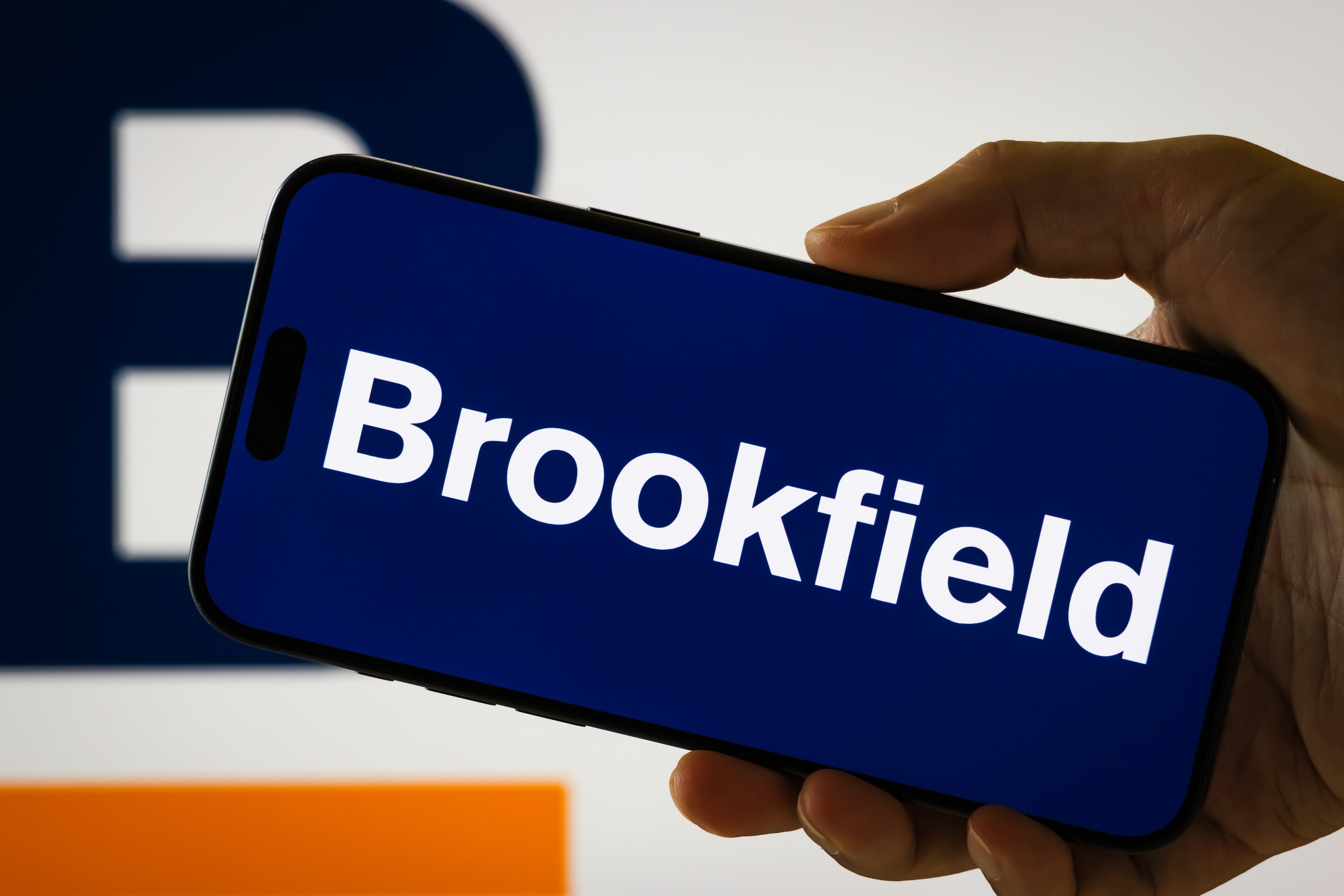Brookfield Infrastructure Partners (BIP 1.27%) and its sibling Brookfield Renewable Partners (BEP +3.56%) have been excellent investments over the years. Brookfield Infrastructure, for example, has generated an 18% total annual return since its formation in 2009. Meanwhile, its renewable energy-focused sibling's total return has been 16% annualized since 1999. They've generated these strong returns by consistently growing their cash flow and distributions to investors.
Unfortunately, not everyone has been able to invest in these excellent companies. That's because they're publicly traded partnerships (which are similar to MLPs), meaning investors can't hold them in retirement accounts. On top of that, some investors have avoided them because they send a Schedule K-1 Form at tax time instead of the simpler 1099-DIV Form.
These Brookfield entities, however, are doing something to address those issues by creating corporations that will allow investors to buy shares in their retirement accounts.

Image source: Getty Images.
Introducing BIPC
Brookfield Infrastructure Partners is a global leader in the infrastructure sector. Because of that, the company believes it's a must-own stock for investors. However, given its structure as a partnership, not everyone can invest in the company. That's why it recently announced the creation of Brookfield Infrastructure Corporation (BIPC). It's structuring that entity so investing in it will be the economic equivalent of investing in units of Brookfield Infrastructure Partners.
Brookfield Infrastructure Partners will create this new publicly listed Canadian corporation via a stock split transaction. As a result, current investors will receive one share of this new company for every nine units of Brookfield Infrastructure Partners they currently own. Those shares will trade on both the New York and Toronto stock exchanges when the company completes the split in the first half of next year.
The new entity will pay an identical dividend to Brookfield Infrastructure Partners, which currently yields 4.1%. However, it will send a 1099-DIV form at tax time. Because of that, new investors can buy shares in a retirement account.
Following its sibling
Brookfield Renewable Partners, meanwhile, is taking the same steps as its sibling. It's also creating a new Canadian corporation, BEPC, which will have similar characteristics to BIPC. This will enable investors to buy shares of a taxable corporation, which in turn will allow them to shelter the company's 4.8%-yielding payout in a retirement account instead of holding it in a regular brokerage account.
This move will also allow stock indexes to include Brookfield in their listings. That could help boost the company's valuation since more investors could potentially buy the stock.

Image source: Getty Images.
The trend continues
Brookfield Renewable and Brookfield Infrastructure are just the latest partnerships to take a step away from that tax-advantaged entity in recent years. Pipeline giant Kinder Morgan (KMI +0.80%) was one of the early leaders in making this shift when it acquired all three of its publicly traded partnerships in 2014. The $70 billion deal consolidated Kinder Morgan's energy infrastructure empire into one corporate entity that would broaden its appeal.
Many other companies in the energy midstream sector have completed similar consolidation transactions in recent years, with most of those deals eliminating the partnership structure in favor of creating a taxable corporation. That trend has accelerated with the passage of the Tax Cut and Jobs Act of 2017, which chopped the U.S. corporate tax rate from 35% to 21%. That move reduced the benefits of an MLP's tax advantage, leading many companies to make the switch.
The Brookfield entities, however, aren't planning on completing a full conversion to a corporation. That's because maintaining a partnership has three key advantages:
- It allows them to issue preferred units at a lower cost.
- It provides Canadian unitholders with higher current after-tax yields.
- It's a more cost-effective way to hold investments in some of the countries where they operate.
In addition to that, because both Brookfield entities are Canadian companies with global operations, they don't benefit from the changes in the U.S. tax code to the same degree as U.S.-focused midstream companies. That's why it doesn't make sense to follow the energy midstream sector and convert into a corporation right now. However, they still wanted to offer investors the option of buying shares in a corporation if that would better suit their needs.
An appealing new option for investors
The tax complications that come with investing in a partnership can cause some investors to avoid these entities. Because of that, many have missed out on the market-crushing returns Brookfield Infrastructure and Brookfield Renewable have produced over the years. That's why it's nice to see Brookfield finally offering investors an alternative option. That should enable more investors to own shares in these two great high-yielding companies.








